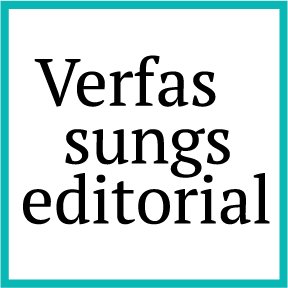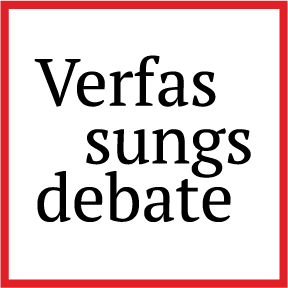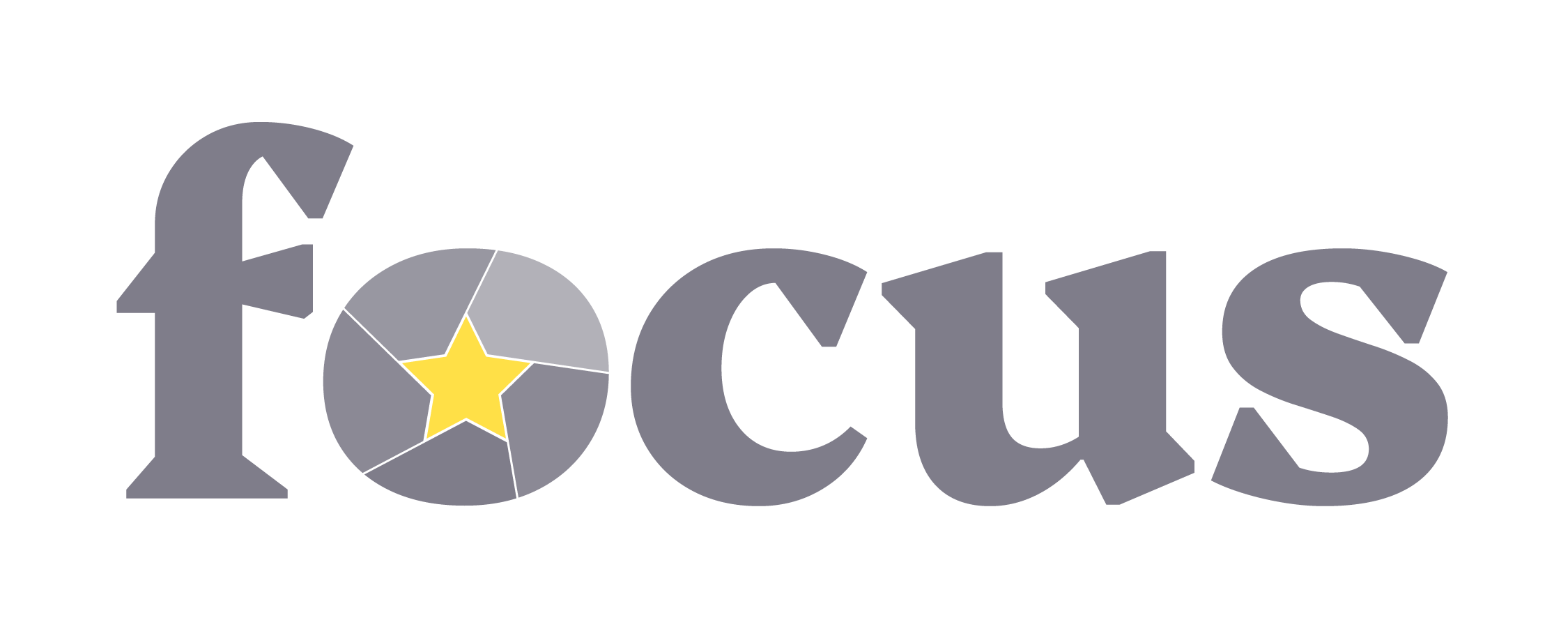Animal Law Jurisprudence in the EU and Beyond
The Role of the EU Charter of Fundamental Rights
Animals have largely been left out in EU law scholarship and environmental law studies, with few exceptions (here, here and here). The role of the EU Charter of Fundamental Rights has not been discussed to any greater extent. In this symposium, we discuss the pros and cons of the EU Charter for securing sufficient animal protection in the Member States. More specifically, the contributions in this symposium explore a number of questions such as that of the legal standing of animals and animal rights in the context of the EU, and reflecting on the relationship between animal rights and the EU. It grows out of a workshop we held at the University of Gothenburg, Sweden, titled “Animal Law Jurisprudence in the EU and Beyond”. The motivation for the workshop was to try to bridge the discussions between law and theory. So, coming from a variety of perspectives, the symposium brings together EU constitutional law, jurisprudence, and transnational legal theory to reflect on the role of the EU Charter for securing animal rights and protection.
Human-animal relations under EU Law
The EU Charter of Fundamental Rights currently does not explicitly mention animals. The Charter emerges from a rights-based tradition that places the human at its centre, setting it apart from and above non-human animals, as well as the environment, which conditions human existence. While scholars divide on questions of human exceptionalism, the necessity of anthropocentrism in rights based approaches and jurisprudence, and related questions, our symposium aims to take the Charter at face value, asking about human-animal relations under EU law: Are fundamental values of dignity, freedom, equality, solidarity and justice for humans only, or are some or several aspects of those values already extended to non-humans? Should the EU Charter include specific and codified rights for animals, too?
Probing this relationship, contributors ask what role there is for the EU – EU law and law and jurisprudence more broadly – in mediating relations between human animals and non-human animals. What can and should lawyers claim in the name of animals, and towards what ends? How does the question of the animal sit within an ecology of contemporary jurisprudential thought? As part of “the environment” or as a legal subject in its own right? How do EU law and scholarship address (illegal) trade and hunting, profiteering, and global value chains relying on animal lives as a resource? These are just a few of the specific questions the symposium takes on to address. Some of these questions have been posed by scholars of animal law and jurisprudence elsewhere, in relation to specific parts of EU law, and in relation to law and jurisprudence more broadly. To bring these questions into conversation with EU law and fundamental rights is both timely and original, as the question of global sustainability for humans and non-humans alike is becoming increasingly pressing.
The contributions address the question of the role of the EU in securing sufficient protection for different animals in a variety of situations and contexts in the Member States and the EU. In doing so, all the papers discuss the potential function, if any, of the EU Charter in this regard. Specifically, some authors argue for the inclusion of animal rights into the EU Charter, while others argue against EU law regulating animals through anthropocentric law rights (in the Charter) and they are suggesting duties towards animals without calling them rights.
Rights and obligations
Hans Lindhal kicks off the symposium with a contribution on “Animal Rights: A European Charter of Fundamental Human Obligation”. Lindhal argues that the incorporation of animal rights into the Charter risks having a largely ideological function and deflects attention from the urgent task of reconfiguring EU law away from capitalism. Lindahl suggests that such a transformation must coincide with what he refers to as “the adoption of a European Charter of Fundamental Human Obligations” and which articulates “non-negotiable, non-commodifiable duties of human agents, both individual and collective, toward other-than-human life”. In a similar vein – but with an arguably more hopeful vision of the potentials of the current EU Charter in the future – Poul F Kjaer argues in his contribution that animals do not enjoy a particular or special status in the EU Charter and are not given a particular legal form in Global Value Chain Law, which forms the focus of his paper. More specifically, he contends that this absence is significant, as it opens space for deeper reflection on how law has historically perceived both animals and humans, ultimately suggesting that the divide between the two may be far less pronounced than commonly assumed.
Maneesha Deckha discusses the question of animal law and fundamental values of the EU Charter from a somewhat unexpected angle: the right to education. Invoking Article 14, she argues for a child’s right to non-anthropocentric education. Early “pro-animal interventions” are, she holds, particularly important as they help shape climate literacy and pave a road towards the protection of a healthy environment (Article 37).
Next, and uniting animal law and environmental questions, Sara De Vido examines the relationship between animals and the EU Charter from an ecofeminist approach to EU biodiversity law, focusing on the case of hunting. She embraces an ecofeminist legal reading of EU biodiversity law in an attempt to eradicate patterns of discrimination and domination present both intra- and inter-species, and to “learn” how to legally consider non-human animals as part of an environment in which we all belong. De Vido argues that ecofeminism can add a valuable dimension to EU biodiversity law.
Also connected to the question of biodiversity and hunting is the contribution by Bertjan Wolthuis. Wolthuis suggests that wolves have the right to be on Earth. Specifically, he argues for a duty to restore the habitats and natural infrastructure used by wolves, so that wolves can find natural prey and need not turn to livestock.
In the context of the broader EU constitutional questions and the status of animals, Ester Herlin-Karnell argues that the EU has a duty to respect animals and that animal welfare and rights should be included in the EU Charter. Moreover, she argues that the EU is already equipped with the right legal tools to include animal welfare and rights into its acquis. In doing so, she discusses the implications of sustainability and solidarity. She concludes that not taking into consideration the rights and interest of animals amounts to domination and could have crucial implications as to how the EU is perceived globally. Subsequently, Yaffa Epstein and Eva Kempers examine potential rights for animals and nature in EU law, particularly in light of the EU Charter. Epstein and Kempers employ a Hohfeldian framework to examine animal rights and interests. They argue that similar justifications can support both the rights of nature and the rights of animals, suggesting that recognising nature as a rights holder could benefit animal rights, and vice versa. Epstein, Kempers, and Herlin-Karnell all explore the role of dignity in shaping legal approaches to animal rights and draw parallels with the rights of nature. While they approach the topic from slightly different perspectives, they agree on the potential significance of dignity for the future of animal rights and EU law, including the EU Charter.
Nina Braude in turn discusses animals in the context of the “best available science” standard, which has become a feature of environmental decision-making, sitting at the interface between science, law, policy and conservation. She discusses two recent high-profile disputes over fishery closures – one in the UK-EU context, the other in South Africa – that have illustrated that the “best” science is not always discernible, that there is no such thing as a “singular science”, and that conservation and resource management decisions do not simply apply scientific “facts”. As Braude shows, the scientific material accessed and used by decision-makers are entangled with multiple sciences, “truths”, power-plays and uncertainties. Braude explores how the EU v UK “Sandeel case” before the Permanent Court of Arbitration (PCA) (previously discussed on this blog) and the “Penguin case” before the High Court of South Africa, splintered the scientific black box – and yet reconstructed “science” to maintain the appearance of certainty, uphold deference to decision-making, and reinforce the authority of legal expertise. This dynamic is particularly revealing in the context of ongoing debates around the role of science in the EU Charter framework.
In the final contribution, Ester Herlin-Karnell addresses the important issue of high veterinary costs and the lack of price regulation across several EU Member States. For the rights enshrined in the Charter to have an impact – and for Article 37 on sustainability to function as a dynamic and evolving principle in relation to animal welfare – the current state of largely unregulated veterinary pricing warrants critical examination. It should not be up to large corporations to decide whether we can afford to treat animals or not.
An invitation to reflect
We have invited our contributors to reflect on the significance of the EU Charter. The aim is to explore the extent to which the Charter’s rights can be interpreted beyond their traditional anthropocentric focus on human entitlements. While the authors in this symposium may differ in their views on the Charter’s relevance in this context – and on whether it is within the EU’s remit to regulate matters concerning animals and nature – fostering such debates is crucial. These discussions will hopefully help bridge diverse fields of scholarship and encourage interdisciplinary dialogue. We invite our readers to reflect on the question of animal rights and welfare on how to understand and apply the EU Charter in the future.
FOCUS is a project which aims to raise public awareness of the EU Charter of Fundamental Rights, its value, and the capacity of key stakeholders for its broader application. Views and opinions expressed are however those of the author(s) only and do not necessarily reflect those of the European Union or the European Commission. Neither the European Union nor the European Commission can be held responsible for them.






This is an important topic, of we are to take steps from human centric view toward the view that acknowledges the dignity, rights and obligations of all conscious beings living in/on this planet/reality.
Therefore, it is good that the charter indeed talks about fundamental rights of everyone. The wordings of individual rights are not per se humancentric even if article 1 talks about human dignity. Article on can be interpreted in a way that guarantees (human) dignity to all conscious beings. Furthermore it is good that article 37 includes environmental protection.
In the future it is therefore certainly possible to gradually acknowledge core fundamental right, such as right to life, health and freedom from treatment violating dignity (respecting all forms of life) , also to all conscious beings, even if our current level of understanding is not able to recognize their way of experiencing reality as “conscious experiencing” , and as our understanding and abilities chance, also to recognize other fundamental rights to such entities.